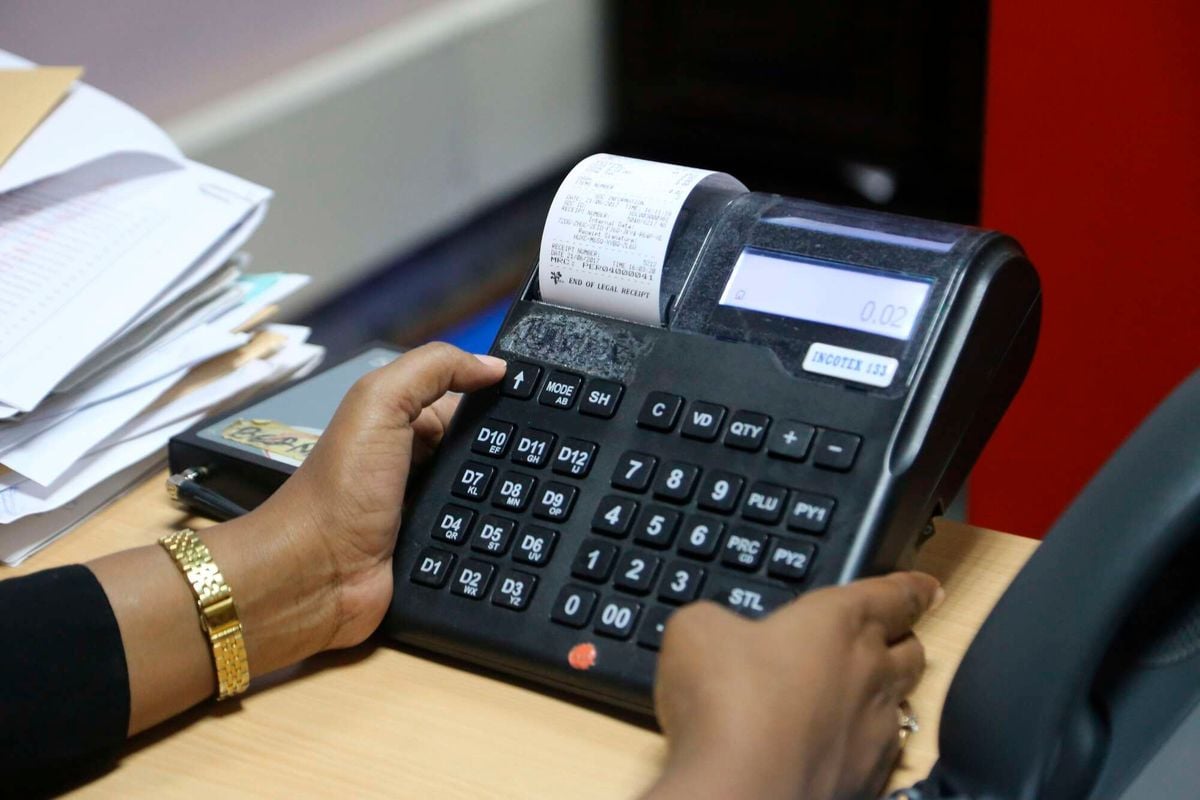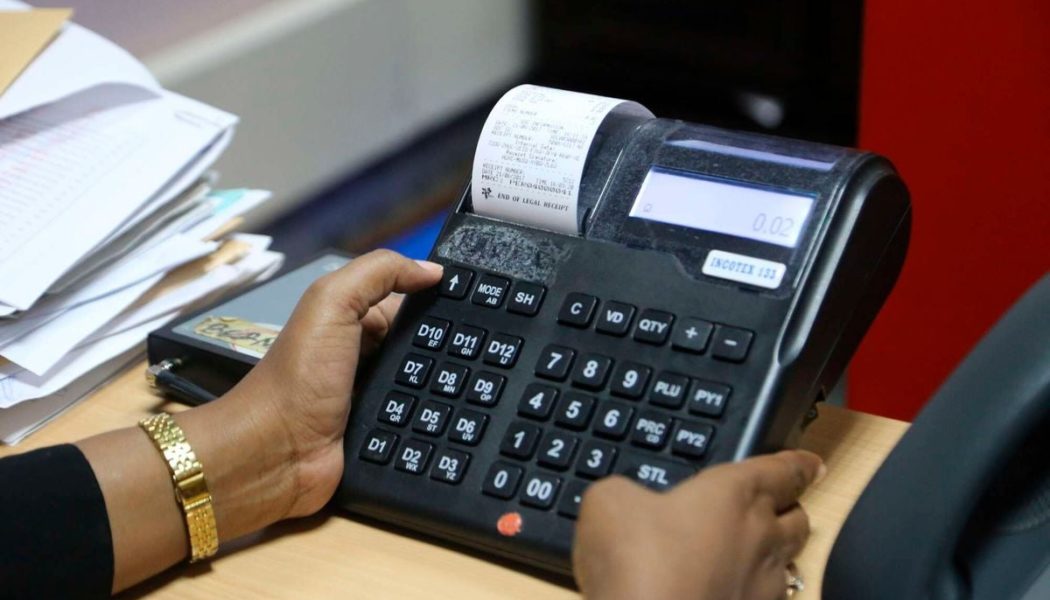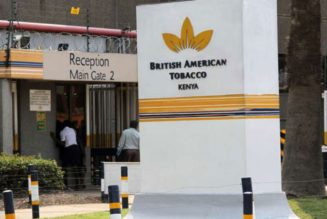
The digital revolution has provided governments with new tools to efficiently collect revenue and combat tax evasion. In East Africa, Rwanda and Kenya have taken different technological routes to modernising their revenue collection systems.
Rwanda’s journey towards a cashless economy has been bolstered by the mandatory use of purchase codes and electronic billing machines (EBMs).
These devices are integrated with the Rwanda Revenue Authority (RRA), ensuring that every transaction is recorded, and taxes are automatically calculated and remitted. The purchase code system complements this by providing a unique identifier for each transaction, which customers can use to verify the authenticity of their receipts and the tax charged.
The EBM initiative has the advantage of an enhanced transparency where every transaction is recorded, significantly reducing the potential for underreporting sales and tax evasion.
RRA receives real-time data on sales, allowing for more accurate and timely economic analysis. It also promotes consumer confidence as customers can verify their purchases, fostering trust in the tax system and the businesses they patronise.
However, challenges remain, including the cost of EBMs for small businesses and the need for consistent internet connectivity to ensure real-time data transmission.
In Kenya, there is a proposal to convert paybill and till numbers to be electronic tax registers (ETRs). While this initiative may seem promising in theory, its practical implementation poses several challenges that could hinder its effectiveness.
There are potential obstacles that may arise from linking M-Pesa paybill and till numbers to the Kenya Revenue Authority (KRA)’s electronic tax invoice management system (eTIMS) or making them ETRs.
The first major challenge is the technological infrastructure required to support such a system. Many small and medium-sized enterprises (SMEs) may not have the necessary technological resources or expertise to integrate their payment systems with eTIMS.
This could lead to a digital divide where only well-resourced businesses can comply. Data privacy is another concern. The integration of payment systems with tax authorities’ databases raises questions about the security of sensitive financial information.
There is a risk of data breaches, which could expose businesses and their customers to financial fraud and identity theft. Ensuring robust cybersecurity measures is critical, but it also represents an additional cost and complexity for businesses.
The administrative burden and compliance costs associated with linking paybill and till numbers to eTIMS could be substantial, especially for smaller businesses.
They may need to invest in new hardware, software, or even hire additional staff to manage the integration and ongoing reporting requirements. These costs could be prohibitive and discourage compliance, thereby undermining the effectiveness of the system.
There may also be resistance from businesses and consumers who are wary of increased government scrutiny. The perception of “Big Brother” watching over every transaction could lead to a loss of trust and a preference for cash transactions, which are harder for tax authorities to track.
This could inadvertently promote the informal economy and reduce the overall tax base.
The reliability of the eTIMS platform is crucial for the success of this initiative. Technical glitches, system downtime, or slow processing times could disrupt business operations and lead to frustration among users. In a worst-case scenario, it could also result in lost sales or customers for businesses that rely heavily on electronic payment systems.
While for Rwanda’s use of purchase codes and EBMs and Kenya’s proposed use of till numbers and Paybill services showcase the diverse strategies employed by African nations to enhance revenue collection; both systems have their merits and challenges, but they share a common goal: to leverage technology to create a more efficient and transparent tax system.
While in Kenya the idea of making Paybill and Till numbers to be KRA’s eTIMS /ETR is a noble goal of improving tax compliance, the practical challenges it presents cannot be overlooked.
Technological hurdles, data privacy concerns, compliance costs, potential resistance, and the need for a reliable system are significant barriers that need to be addressed. As these countries continue to refine their approaches, they offer valuable lessons for other nations looking to modernise their revenue collection infrastructure.
Disclaimer: The views and opinions expressed in this article are those of the author and do not necessarily reflect the official policy or position of EY
The writer is a tax manager at Ernst and Young Rwanda Limited









